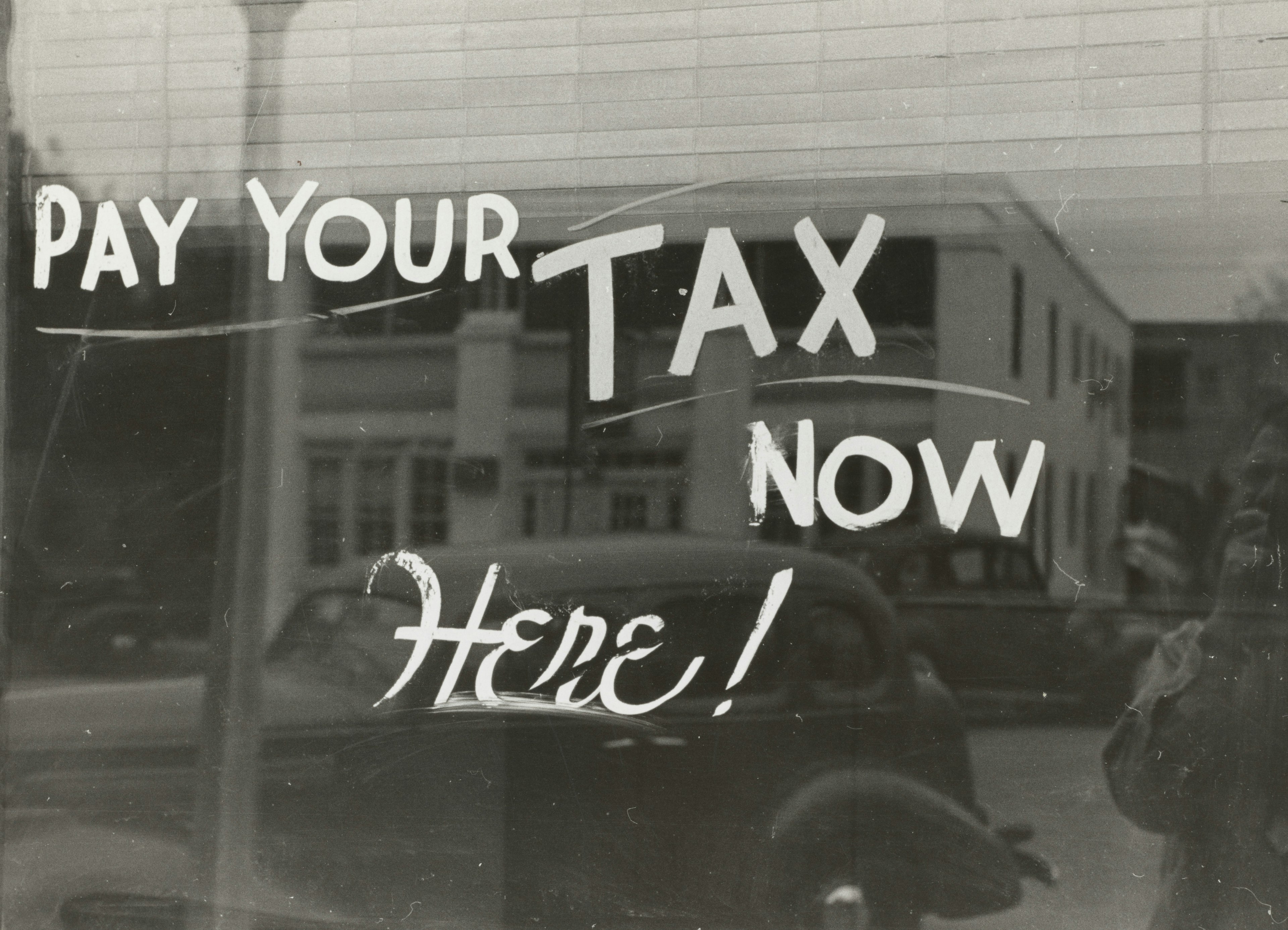There are a few times of year when you may really want to plan ahead for minimizing your tax payments: it may be at beginning of a new year, right after you filed taxes for the previous year, or in Q4 right before your bonuses are scheduled to come in. Considering that only an estimated 24% of Americans owed Uncle Sam taxes in 2016, you have the odds in your favor. Let’s review key strategies to prevent a large tax bill next year, especially for those of you with year-end windfalls: whether you’re a salesperson, freelancer, or work in finance (or even if you’re none of the above!) you should plan for bonuses and commissions in advance to minimize the tax hit.
Figure out your withholding for 2017 so far
The first step is to get a copy of your most recent pay stubs and use the IRS Withholding Calculator to estimate whether you will have an underpayment or overpayment of taxes on your 2017 return. In the event that you have an underpayment or overpayment, the IRS Withholding Calculator will provide you clear instructions on how to adjust your form W-4 to cover all your project tax liability while minimizing your refund, so you can put that money to better use during the year.v For a more detailed explanation on how (and why) to adjust your W-4 form using the IRS Withholding Calculator, read How to Adjust Your Tax Withholding for 2017.
However, it maybe a bit too late to just adjust your W-4 form
Let’s imagine an extreme scenario: you expect to make a total of $70,000 for all of 2017, have withheld $2,000 in federal income taxes so far, and plan to withhold $100 from every of your biweekly paychecks for the rest of the year. By filing your return as single with no dependents, no other deductions, and no other additional sources of income for 2017, you would owe the IRS a total of roughly $10,690 and only have withheld $2,900, according to the calculator. The good news is that by following the instructions of the IRS Withholding Calculator, you can adjust your W-4 to reduce your tax bill from $7,790 ($10,690 – $2,900) to $4,291. The bad news is that you still have to come up with the difference by splitting the $4,291 into your nine remaining biweekly paychecks. Not only will you have to cough up more in federal taxes, but also you’ll have to pay an extra $477 per paycheck. Can you handle living on a biweekly paycheck cut down by $865? Definitely not the safest thing to do — it’d be penny wise but pound foolish to restrict your income so heavily just to save on taxes last minute. But don’t panic! There are other strategies to improve your tax situation.
Tip #1: Reduce your taxable income by contributing to a retirement account
Opening and contributing to a retirement account with pre-tax dollars is among the top strategies to reduce your taxable income. In the example assuming a $70,000 annual salary, contributing $5,000 in pre-tax dollars to a traditional 401(k) or IRA (as opposed to Roth) would reduce your taxable income to $65,000. This translates to about $1,250 in tax savings, assuming no other deductions. While a $5,000 total contribution to your 401(k) still means that you would take home $555 less on every of your nine remaining paychecks, you’ll still keep the money in the end. Those $555 are going to your nest egg and not to the IRS coffers. Additionally, you’ll gain interest on those monies and pay less in taxes on them once you retire, when you’re more likely to be in a lower tax bracket. Learn more about 401(k) Tax Advantages.
Tip #2: When expecting a big end-of-year bonus, open a retirement account by December 31st
Depending on the requirements, you may not be eligible for your employer-sponsored 401(k), or for whatever reason, you may want to put your money elsewhere. In either case, one alternative would be to open a traditional IRA with a financial institution of your choice. Just keep in mind that you can only contribute up to $7,000 ($8,000 for those age 50 and over) to an IRA in 2024. (See also: 401(k) vs IRA: How to Decide). If you’re expecting a big end-of-year commission or bonus payment, your employer can use it to make a contribution to your retirement account until your tax filing deadline. Given that you can contribute up to $23,000 in 2024 ($30,500 for those age 50 and over) to a 401(k) in 2024, you could reduce your taxable income considerably. Rules vary per retirement account (e.g. formulas for employer matching), so check with your plan administrator on how to optimize your bonus for retirement saving and tax purposes.
Tip #3: Use Form 1040-ES to make additional federal tax payments
Of course, you have no way to predict an unexpected, lucky windfall, such as a monetary gift from a relative for your birthday, a settlement from an open class lawsuit, or a garage sale that goes really well. When you have some extra cash, you can use Form 1040-ES, Estimated Tax for Individuals to make extra payments towards your tax liability. This way you can further reduce the gap between your withholding and your upcoming tax payment. Additionally, Form 1040-ES is also useful to submit an extra tax payment from your year-end bonus in the event that you have already maximized contributions to your retirement accounts. Just keep in mind that your employer will very likely take the suggested 25% flat withholding from the IRS. So, use the IRS Withholding Calculator again to recalculate your tax liability and whether or not you still have an underpayment.
The bottom line
American baseball legend Yogi Berra said it best, “It ain’t over till it’s over”. While it’s true that there is no escaping of your tax liability, there are many ways to lessen the hit – and ideally to completely eliminate it. By adjusting your W-4, opening and contributing to your retirement accounts, leveraging your year-end bonuses, and making the most out of lucky windfalls with Form 1040-ES, you’ll be better prepared for next year’s return – and every one after that!

Article By
Damian DavilaDamian Davila is a Honolulu-based writer with an MBA from the University of Hawaii. He enjoys helping people save money and writes about retirement, taxes, debt, and more.


